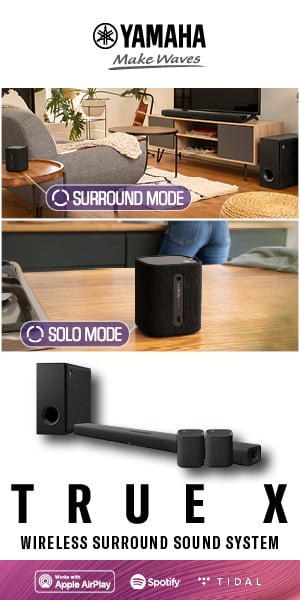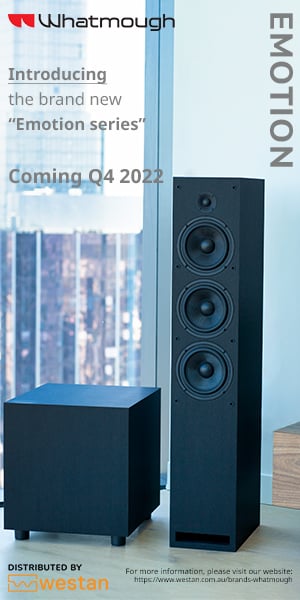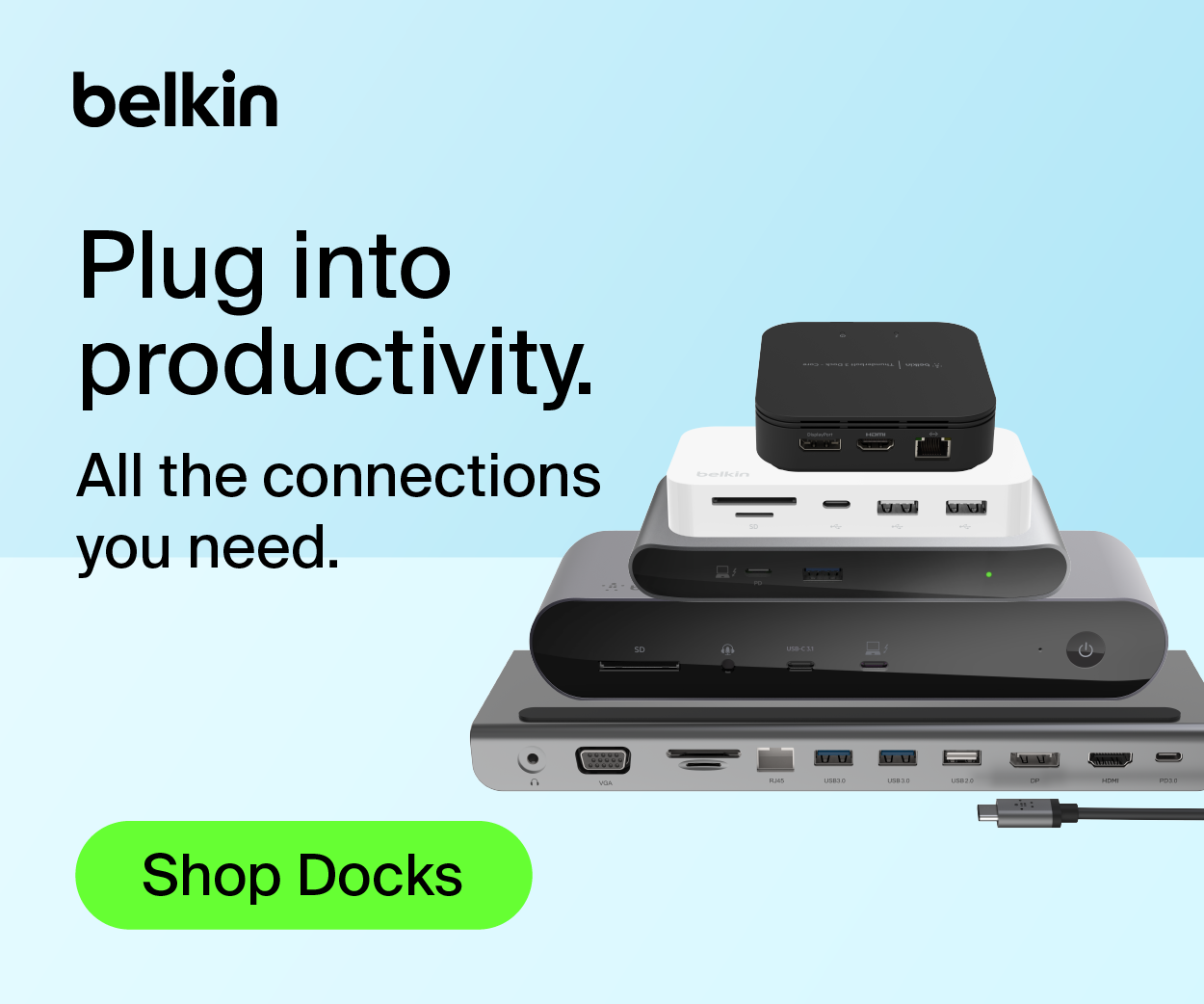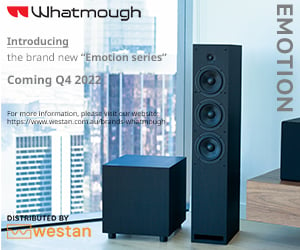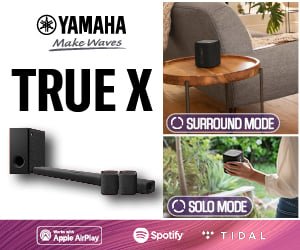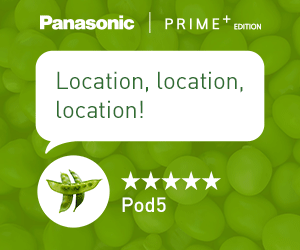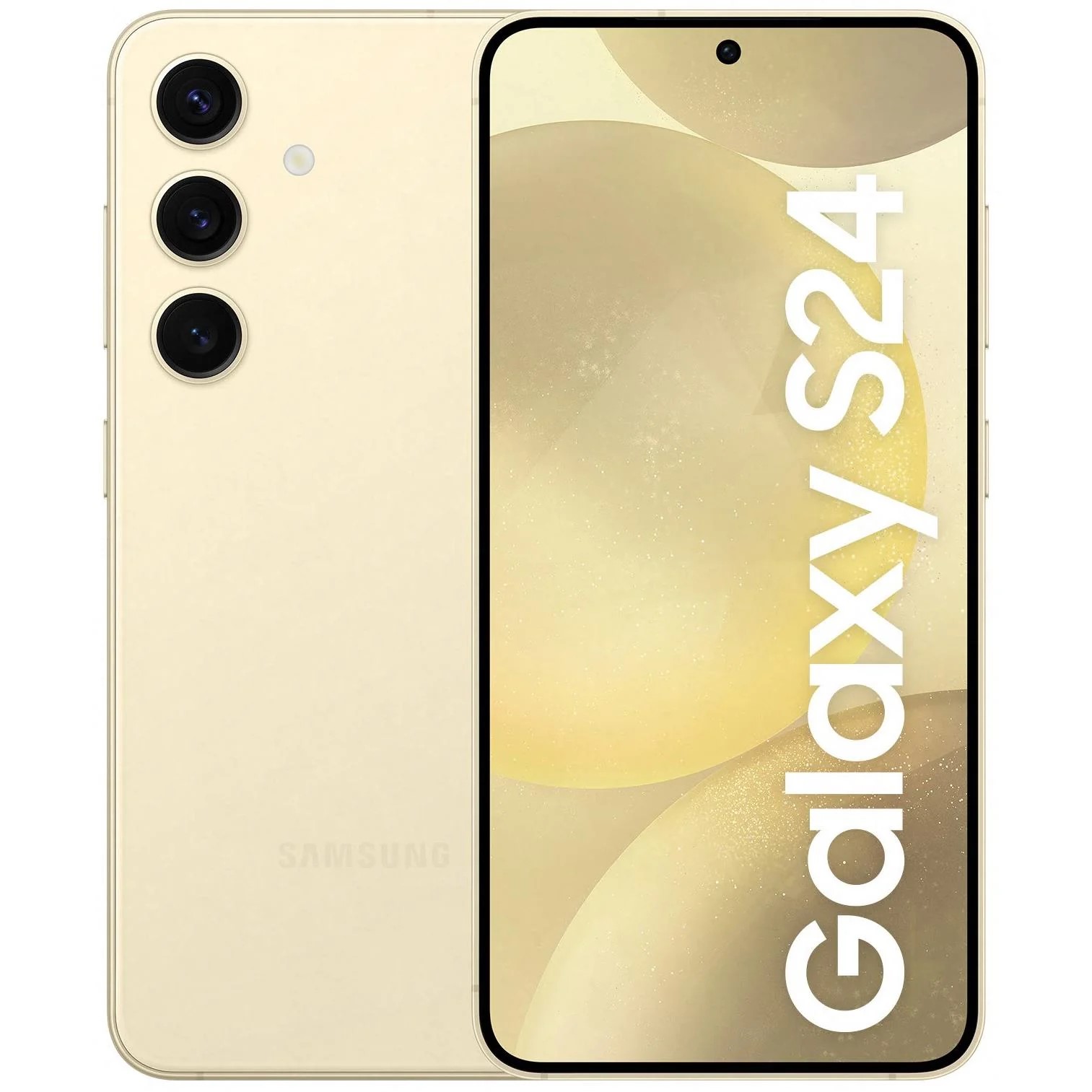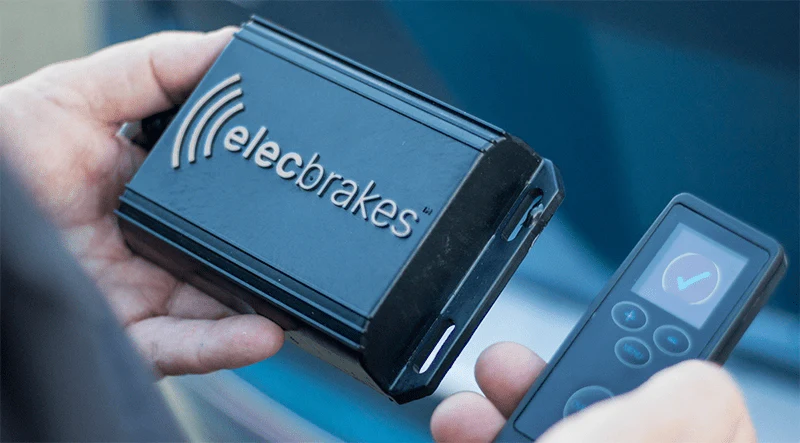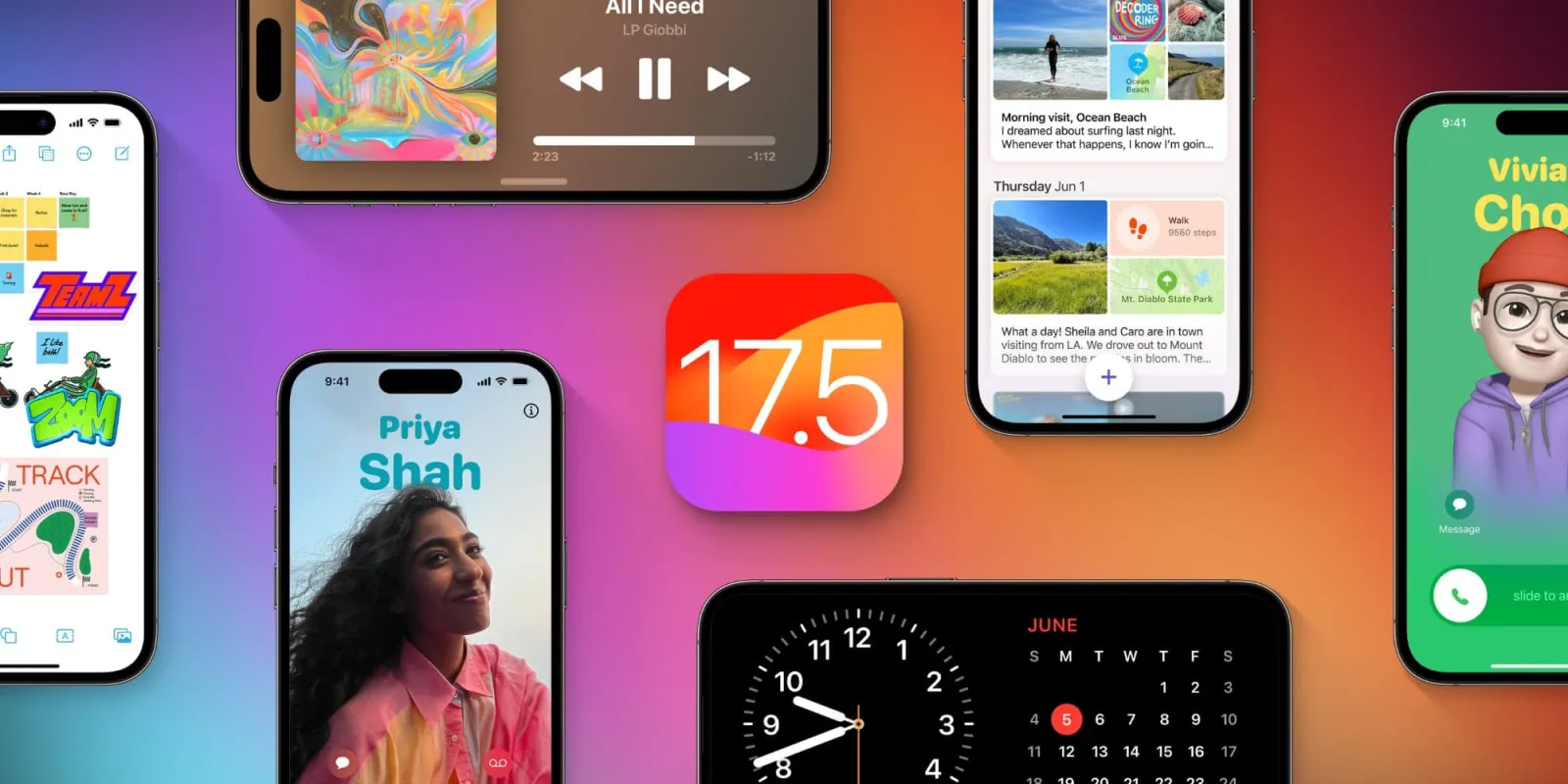
Microsoft’s move, announced at its annual developers conference in San Francisco, Build, is an attempt to broaden the small user base of mobile versions of Windows, in the hope that more customers will end up using Microsoft’s money-making, cloud-based services such as Skype and Office 365.
Previously Microsoft charged phone and tablet makers between US$5 and $15 per device to use its Windows system.
The move comes a week after CEO Satya Nadella unveiled new versions of Word, PowerPoint and Excel applications for Apple’s iPad.
A year’s free subscription to Microsoft’s cloud-based Office 365 service will be offered on the new devices running the free Windows, Microsoft said.
Apparently Microsoft is now more interested in gaining market share for its cloud-based services on any platform or device, rather than its traditional approach of putting Windows at the centre of everything it does and build out from there.
In the new era of mobile computing, Nadella acknowledged Microsoft’s underdog status.
“We are going to innovate with a challenger mindset,” Nadella said at the conference. “We are not coming at this as some incumbent trying to do the next version of Windows, we are going to come at this by innovating in every dimension.”
Microsoft has also announced Universal Windows Apps, allowing a single app to run across Windows 8.1 and Windows Phone 8.1 for the first time.
Developers can use the language of their choice to create either a single app renderable across devices, or customised apps which still share the majority of code but work differently according to need. To enable this, a new version of Visual Studio has also been announced designed around Universal apps.
Office has been rebuilt from the ground up in Directx to become a Universal Windows App with the same functionality on both a Windows Phone handset and desktop computer.
Directx 12 is itself to become a cross platform API which Microsoft believes will allow Xbox One quality graphic rendering across PC and even mobile.
Microsoft has also backtracked on several radical design changes in its current version of Windows, revealing plans to bring the operating system back to more familiar territory for users.
Microsoft will soon bring back the classic “Start” menu to Windows 8 but not until the next version of Windows, coming later this year.
|
Error, group does not exist! Check your syntax! (ID: 5)

Popular Posts
Digital Magazines
Categories
- Appointment & Jobs496
- Automation471
- Communication2939
- Display1259
- Hardware2090
- Industry7485
- Latest News31840
- Networking984
- Sound1721
Recent Post
Generative AI (GenAI)-enabled smartphone shipments are expected to skyrocket over the next three years. According to data by global researching... Read More













